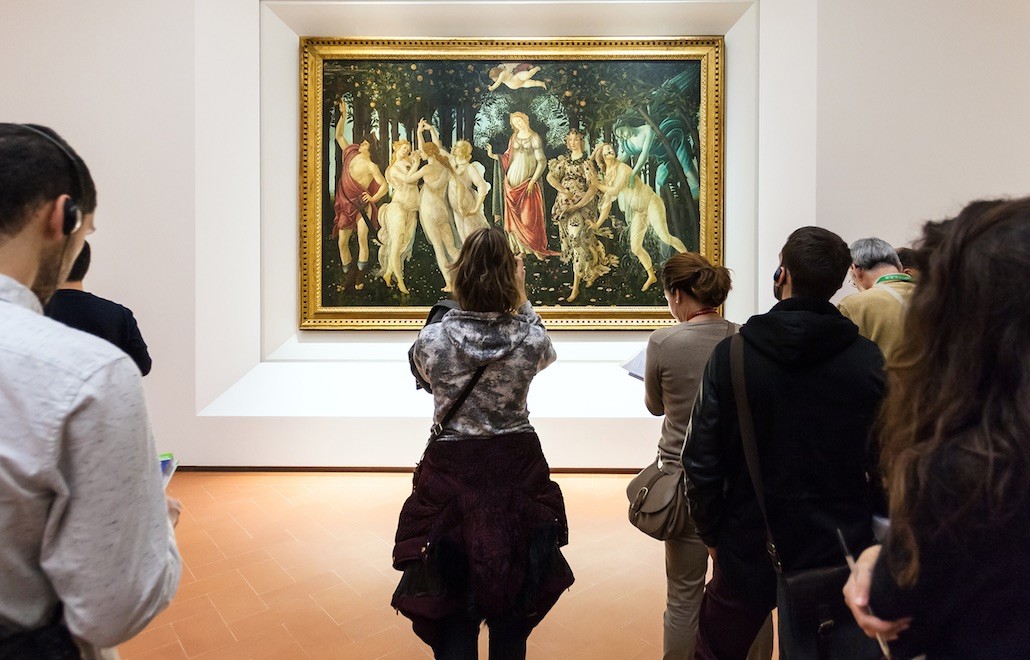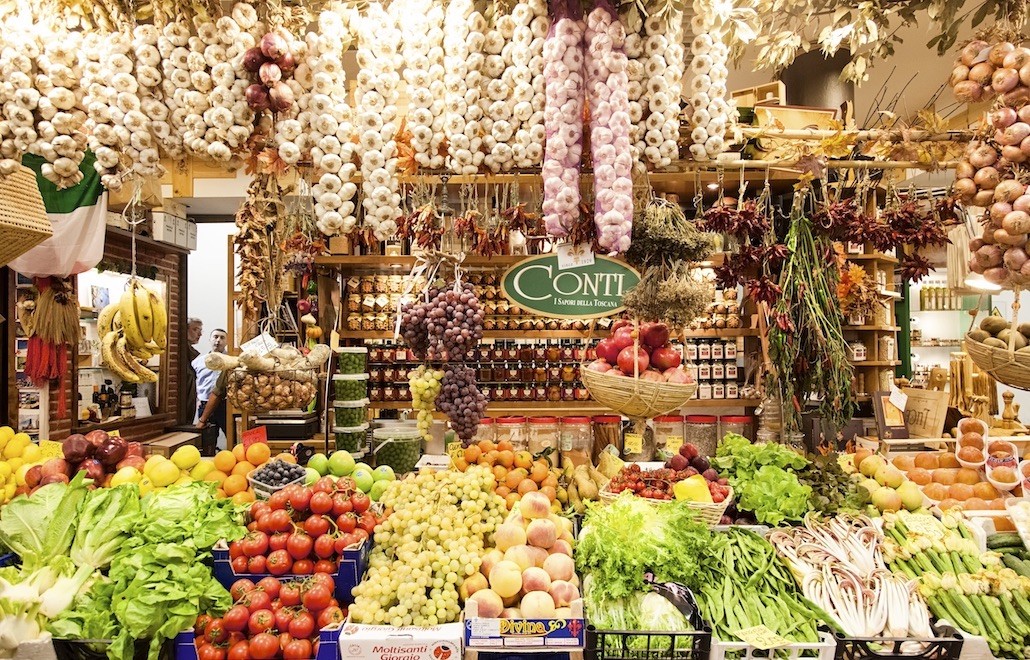Using all senses to immerse into differing cultures and be able to fully digest and understand them is important; I have become dependent on using my nose, ears, hands, and taste to navigate around Europe.
I have used my hearing to assimilate the specific country environment. Often times I have found myself listening to conversations that the locals are having and picking up on trends or common words that are being spoken, giving me a small sense of understanding of the community. Furthermore, while traveling and listening to the variety of languages spoken across Europe, I have expanded my knowledge of linguistics by picking up on different dialects and tones. A sentence that includes a slightly different articulation can have a completely different meaning, or a distinct tone can have a very specific meaning.
I have heard a plethora of different styles of music while walking the streets of the many cities I’ve visited so far. Each European country has its traditional music: a cultural difference I wasn’t aware of.

I consider myself very fortunate because I can open doors of churches that were built centuries ago, and I can touch buildings that were constructed by famous artists and are well known around the world. For example, touching the Berlin Wall in Germany, or the Roman Colosseum in Italy, is something I will remember forever. The sense of touch deepens the educational aspect of traveling because I physically sense the monument and I understand the history of the place I’m visiting.
Apart from admiring famous monuments and museums, experiencing a foreign culture also means tasting the traditional cuisine. Using my sense of taste and learn about what a country values within its food is crucial to my overall learning experience. For example, in Florence, I’ve tried truffle sauce, gnocchi, and the Florentine steak, which are three products that are a part of the traditional menu. In Prague, Czech Republic, I tried beef goulash and in Berlin, Germany, I tried Schnitzel. Tasting dishes allows me to immerse myself into a culture that differs from the one I’m used to. By understanding what a country typically appreciates for a main course, it’s easier to comprehend what their common cuisine includes. For instance, after eating traditional Italian food I greatly appreciate their use of fresh ingredients.

A big part of traveling through Europe is experiencing the different smells that each city has. As I walk through the streets, smelling the air tells me a lot about the city I am visiting. For example, you can discover what kinds of food are being made, what the smoking culture is like, or how close the city is to the water. For example, upon arriving in Barcelona, I could clearly smell the nearby seaside, along with the typical smells of a bustling city- like different types of food and the occasional whiff of trash. In Florence on the other hand, the smells are not as strong since it’s a smaller city. Instead of smelling gas exhaust and trash, the air is much fresher and the smells of food are softer. Another great part of experiencing the smells of a city is that you can get a better appreciation for the food you eat. Since the nose is directly connected to the mouth, I’m always sure to smell the food as I consume it to help me to get the full experience of ingesting my meal. Using my sense of smell in these two ways has really helped to give me a better appreciation of the city I am visiting and it’s culture.
Authors: Julia Tremblay, Nicole Schwartz, Angelica Monsanto (UConn)
